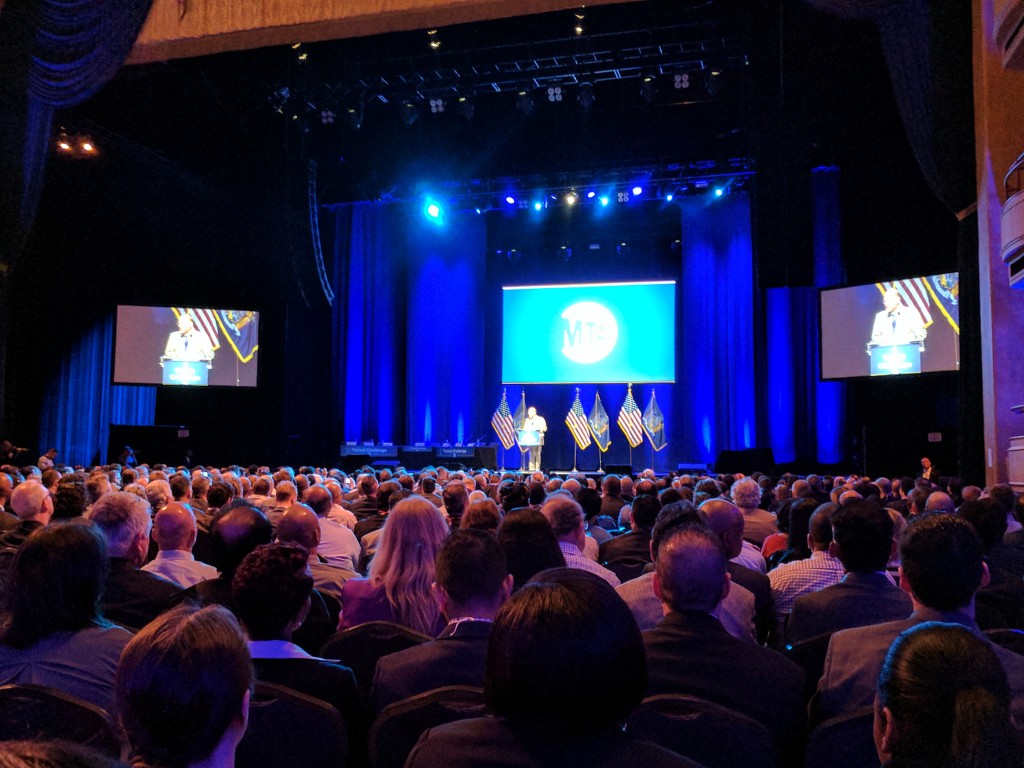The Genius Transit Challenge: Modernize New York City’s Subway Signal System
The unbelievably long timeline of Communication Based Train Control (CBTC) installation, paired with what seems to be an endless stream of subway delays, has led Governor Cuomo to ask if there is another way.
In June, Gov. Cuomo declared it was time to act and announced the Genius Transit Challenge: “The MTA Genius Transit Challenge is an international competition seeking innovative solutions to modernize and improve the reliability of the New York City subway system.” He is offering a million dollar award to the best idea in three categories: modernize New York City’s subway signal system, rapidly deploy modernized subway cars to the subway system, and increase communications infrastructure in the subway system. It is possible that CBTC, a system developed in the 1980s, is not even the right choice anymore, and if the signal system gets a reboot so should the subway cars and the system communications that rely on it.
The Genius Transit Challenge had its official kickoff at a conference in midtown on July 10 where Gov. Cuomo appeared with the entire leadership of the MTA to give some MTA subway history and explain the details of the challenge. Nearly every presenter on the stage used the phrase “think outside the box.” Following the presentations, Joe Lhota sat down with five international transit leaders who explained the challenges of their respective systems.
The timeline for proposals is fast. Phase 1 opened July 11 and applications are now being accepted here until August 11. Finalists are announced at the opening of Phase 2 in September during which they will refine and support their proposals. Winners will be determined by the end of 2017.
Is the most genius idea just to close the system for the weekend?
The hurdles to completing CBTC – system complexity, money, time – are not new ones and the Transit Challenge names them all. Among the core objectives of all the transit challenges are accelerated deployment and implementation and cost-effectiveness, but maybe the way around them requires out-of-the-box thinking, at least for New Yorkers.
On the heels of Gov. Cuomo touting the need for new technology, the international experts making up the Genius Challenge Panel said they have learned from growing pains, to depend on what is tried and true, and remember “no pain no gain.” Maybe the way the MTA thinks outside-the-box is by turning the L train model into a regular thing. Maybe all this Genius Challenge hype can give the MTA enough cover to close down a line for a weekend. Is New York so unique that our out-of-the-box thinking can actually be everyone else’s norm?
Another can of worms: Inter-agency cooperation
If our transit system is truly a unified one, its buses must complement its subway lines so that if a line shuts down there is still some way to get around. To do so means much closer coordination between the MTA and the New York City Department of Transportation (DOT). And sometimes this means prioritizing bus lanes over bike lanes in the city core. The city needs to improve surface corridors that parallel where CBTC is to be installed, with true divided lanes for buses where possible, so the MTA has the flexibility and time required to upgrade its system. They could look at the future L line shutdown as a pilot project for this coordination and take the lessons learned to future shutdowns.
Something needs to be done and it needs to be done now.
Be it CBTC or some other yet to be realized technology, signal upgrades are critical: many of our systems signals have been in place for nearly 80 years — 30 years longer than their life expectancy and signal malfunctions currently make up 13% of delays throughout the system and contribute to other issues, such as overcrowding. If there is any take-away from the Genius Transit Challenge it must be that other systems are achieving these goals. It’s time for New York City’s subways to keep up.
